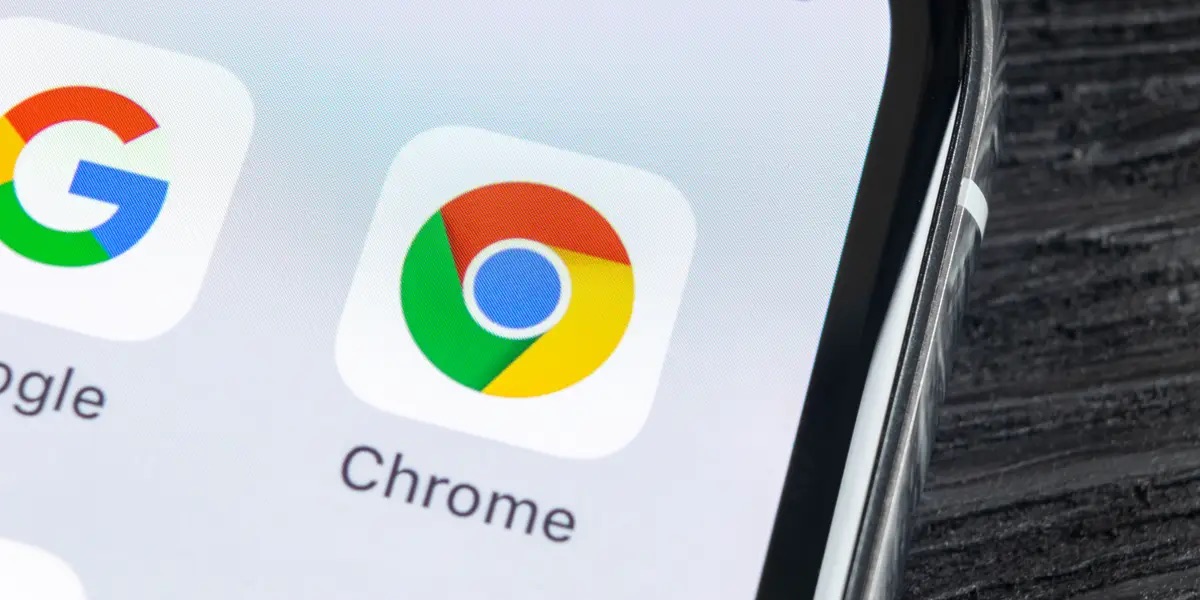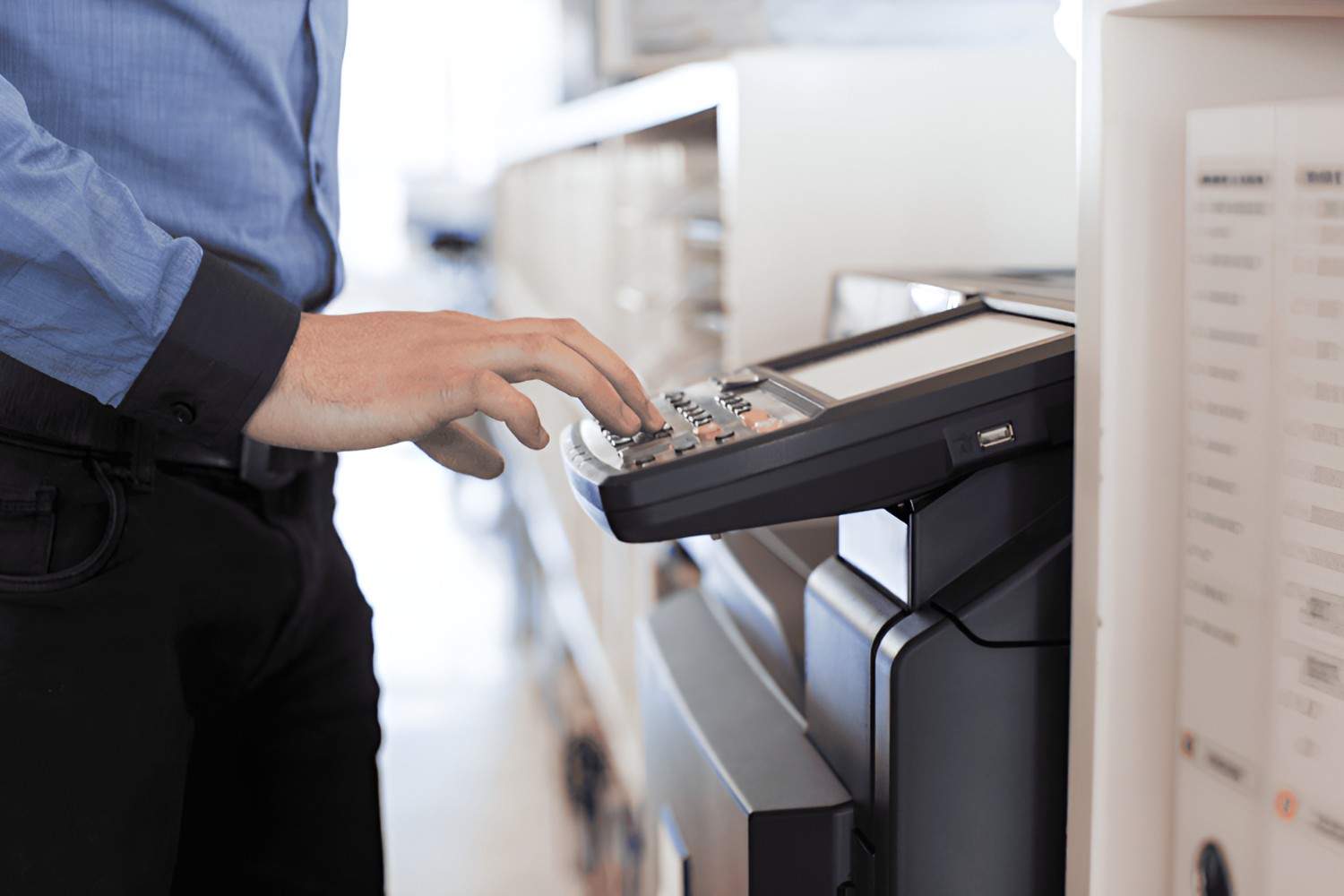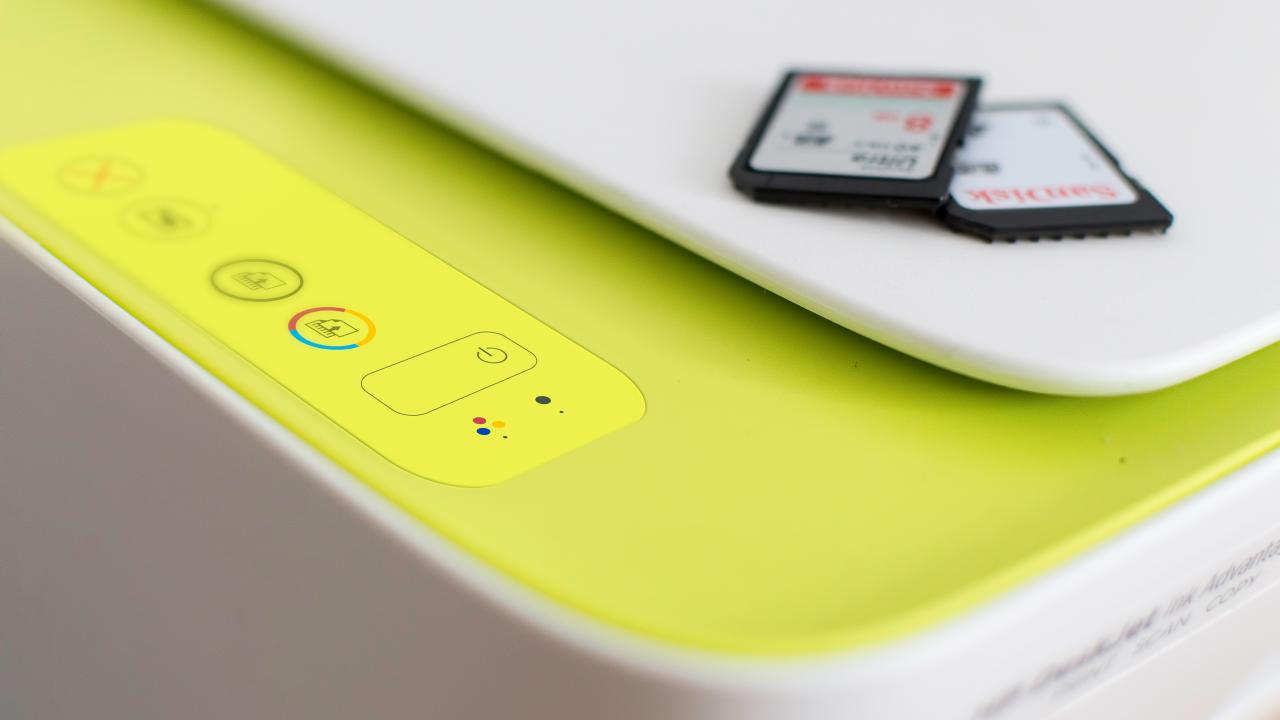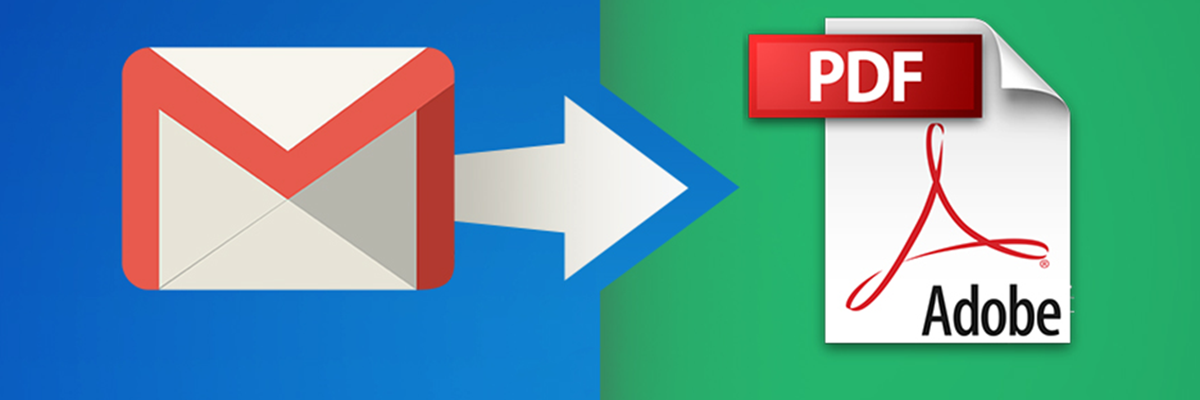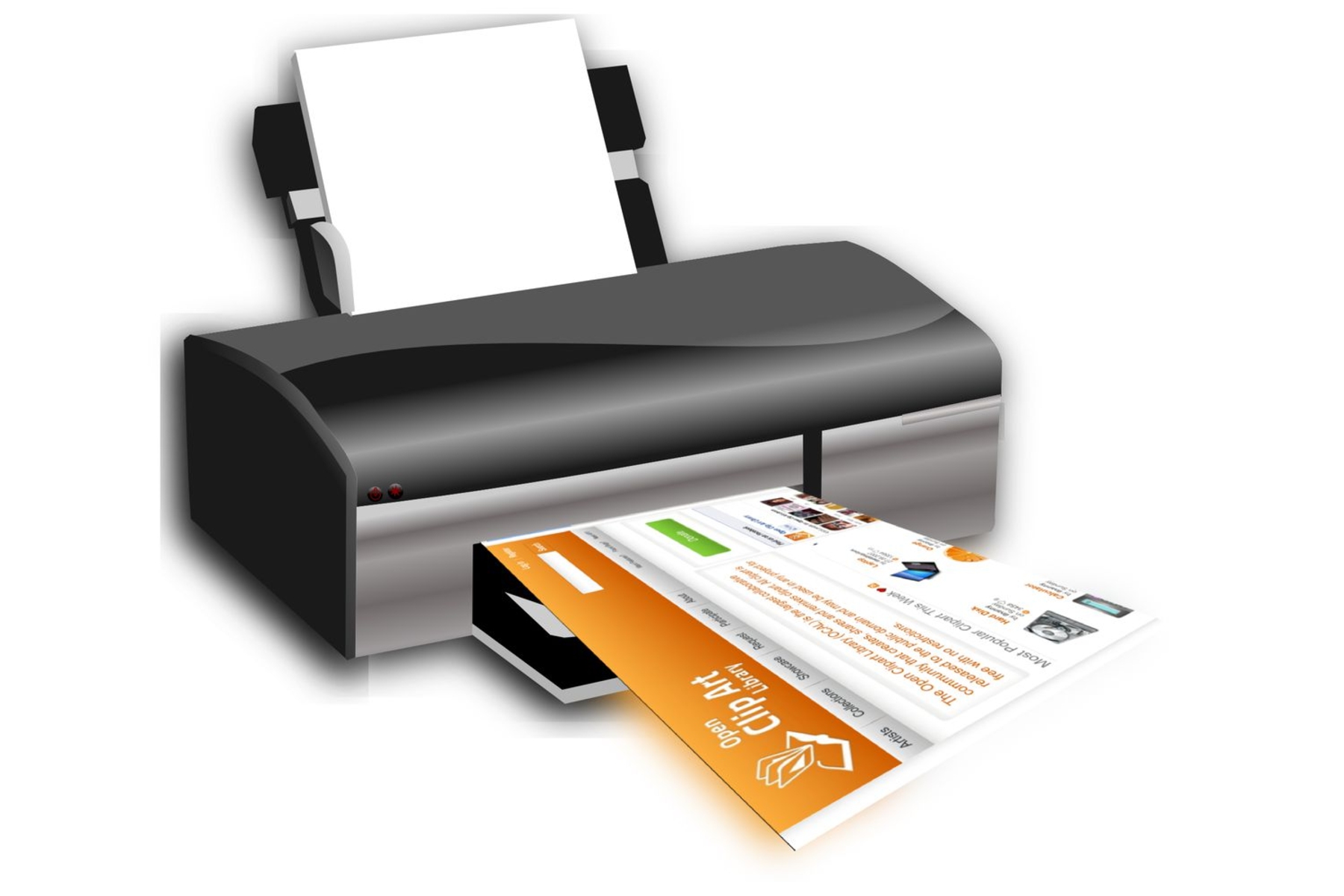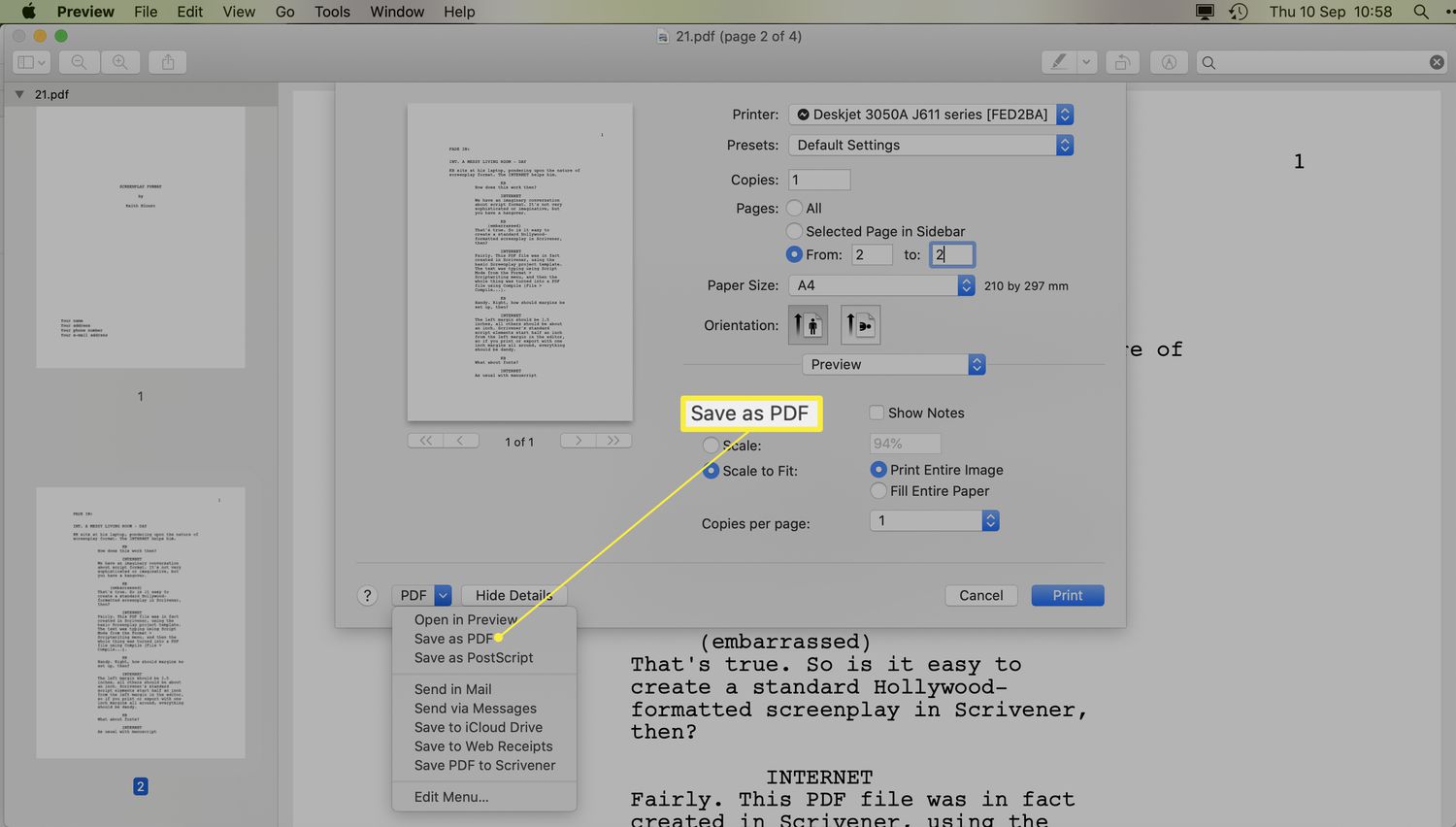Introduction
Printing from a web browser has become an essential aspect of our digital lives. Whether it's a boarding pass, a recipe, or an important document, the ability to seamlessly print from Google Chrome can greatly enhance productivity and convenience. In this article, we will explore the process of setting up Google Cloud Print and demonstrate how to print from Google Chrome on both Windows and Mac operating systems. Additionally, we will address common troubleshooting issues that may arise during the printing process.
Printing from Google Chrome offers a streamlined approach to transforming digital content into tangible, physical copies. By leveraging the capabilities of Google Cloud Print, users can effortlessly connect their printers to the cloud, enabling printing from anywhere with an internet connection. This innovative solution eliminates the need for direct physical connections between devices, revolutionizing the way we interact with our printers.
As we delve into the intricacies of printing from Google Chrome, it's important to note that this functionality extends beyond traditional text-based documents. With the rise of digital art, online ticketing, and e-commerce receipts, the ability to print directly from the web browser has evolved to accommodate a diverse range of content types. This flexibility empowers users to seamlessly transition from the digital realm to the physical realm, bridging the gap between virtual and tangible experiences.
In the following sections, we will provide step-by-step guidance on setting up Google Cloud Print, enabling users to harness the full potential of cloud-based printing. Subsequently, we will explore the specific procedures for printing from Google Chrome on both Windows and Mac platforms, ensuring that users across different operating systems can leverage this functionality to its fullest extent.
Furthermore, we will address common printing issues that users may encounter, offering practical solutions to troubleshoot and resolve any obstacles that may impede the printing process. By equipping readers with comprehensive knowledge and troubleshooting strategies, we aim to empower individuals to navigate the printing landscape with confidence and ease.
With the groundwork laid for an insightful exploration of printing from Google Chrome, let's embark on a journey to unlock the seamless and efficient printing capabilities that this web browser has to offer.
Setting up Google Cloud Print
Setting up Google Cloud Print is a fundamental step in enabling seamless printing from Google Chrome. This innovative cloud-based service allows users to connect their printers to the web, facilitating remote printing from any device with internet access. The process of setting up Google Cloud Print involves integrating compatible printers with a Google account, thereby establishing a bridge between physical printing devices and the digital cloud infrastructure.
To initiate the setup, users can access the Google Cloud Print management page through the Google Chrome browser. Upon navigating to the settings menu, users can locate the "Advanced" section and proceed to the "Printing" category. Within this section, the "Google Cloud Print" option can be found, enabling users to click on "Manage Cloud Print devices" and initiate the setup process.
Upon selecting the "Manage Cloud Print devices" option, users are presented with the opportunity to add printers to their Google account. This can be achieved by clicking on the "Add printers" button, which triggers a search for available printers connected to the local network. Once identified, these printers can be seamlessly integrated with the Google account, thereby becoming accessible for cloud-based printing.
In addition to integrating local printers, Google Cloud Print also supports the inclusion of cloud-ready printers that are directly compatible with the service. These printers are designed to connect to the internet and communicate with Google Cloud Print without the need for intermediary devices or complex setup procedures. By leveraging the capabilities of cloud-ready printers, users can streamline the integration process and enjoy enhanced printing functionalities with minimal configuration requirements.
Furthermore, Google Cloud Print extends its support to mobile devices, allowing users to print from smartphones and tablets with unparalleled convenience. By installing the Google Cloud Print app on their mobile devices, users can effortlessly connect to their cloud-integrated printers and initiate printing tasks from anywhere, transcending the limitations of traditional printing setups.
In essence, setting up Google Cloud Print empowers users to embrace a modernized approach to printing, transcending the constraints of physical connectivity and geographical boundaries. By seamlessly integrating printers with the digital cloud, Google Cloud Print revolutionizes the printing experience, offering unparalleled flexibility and accessibility for users across diverse devices and platforms.
Printing from Google Chrome on Windows
Printing from Google Chrome on Windows is a straightforward process that leverages the seamless integration between the web browser and the underlying operating system. By harnessing the capabilities of Google Cloud Print, users can effortlessly initiate printing tasks from their Windows-based devices, transforming digital content into tangible, physical copies with ease.
To print from Google Chrome on Windows, users can follow a simple series of steps to ensure a smooth and efficient printing experience. Upon accessing the desired content within the Google Chrome browser, users can navigate to the print menu by clicking on the three-dot icon located in the top-right corner of the browser window. Subsequently, selecting the "Print" option from the dropdown menu initiates the printing process, prompting users to specify their printing preferences and select the desired printer.
Upon selecting the "Print" option, users are presented with a comprehensive set of printing preferences, allowing them to customize the layout, paper size, orientation, and other relevant settings according to their specific requirements. This level of customization empowers users to tailor the printing process to suit the unique characteristics of the content being printed, ensuring optimal results with every printing task.
Furthermore, users can leverage the advanced printing settings within Google Chrome to fine-tune the printing output, enabling adjustments such as color management, page range selection, and duplex printing. These features provide users with a high degree of control over the printing process, allowing them to achieve precise and tailored results that align with their preferences and objectives.
In addition to the standard printing options, Google Chrome on Windows also offers the capability to save the content as a PDF file, providing users with a digital copy of the content for archival or sharing purposes. This functionality enhances the versatility of the printing process, allowing users to seamlessly transition between physical and digital formats based on their specific needs and preferences.
By following these intuitive steps and leveraging the robust printing capabilities of Google Chrome on Windows, users can harness the power of cloud-integrated printing to transform digital content into tangible, physical copies with unparalleled ease and efficiency. This seamless integration between the web browser and the Windows operating system exemplifies the convergence of digital and physical realms, empowering users to bridge the gap between virtual content and real-world applications through the art of printing.
Printing from Google Chrome on Mac
Printing from Google Chrome on Mac entails a seamless and intuitive process that capitalizes on the harmonious integration between the web browser and the macOS environment. By leveraging the robust capabilities of Google Cloud Print, Mac users can effortlessly transform digital content into physical copies with remarkable ease and efficiency.
To initiate the printing process from Google Chrome on Mac, users can navigate to the desired content within the web browser and access the print menu by clicking on the three-dot icon located in the top-right corner of the browser window. Upon selecting the "Print" option from the dropdown menu, users are presented with a comprehensive array of printing preferences, enabling them to tailor the printing output to suit their specific requirements.
Within the printing preferences menu, Mac users can customize various aspects of the printing process, including layout, paper size, orientation, and other relevant settings. This level of customization empowers users to fine-tune the printing output, ensuring that the physical copies accurately reflect the intended presentation and formatting of the digital content.
Furthermore, Google Chrome on Mac offers advanced printing settings that enable users to optimize the printing output according to their preferences. Features such as color management, page range selection, and duplex printing provide users with a high degree of control over the printing process, allowing them to achieve precise and tailored results that align with their specific needs.
In addition to the standard printing options, Google Chrome on Mac also facilitates the seamless conversion of content into PDF files, offering users the flexibility to obtain digital copies of the printed content for archival or sharing purposes. This functionality enhances the versatility of the printing process, allowing Mac users to seamlessly transition between physical and digital formats based on their unique requirements.
By following these intuitive steps and leveraging the robust printing capabilities of Google Chrome on Mac, users can harness the power of cloud-integrated printing to transform digital content into tangible, physical copies with unparalleled ease and efficiency. This seamless integration between the web browser and the macOS environment exemplifies the convergence of digital and physical realms, empowering Mac users to bridge the gap between virtual content and real-world applications through the art of printing.
Troubleshooting common printing issues
Printing from Google Chrome, while generally seamless, may occasionally encounter common issues that can disrupt the printing process. Understanding and addressing these issues is essential to ensure a smooth and efficient printing experience. Below are some common printing issues and troubleshooting steps to resolve them:
-
Printer Connectivity Problems: If the printer is not responding or appears offline, ensure that it is properly connected to the power source and the computer. Additionally, check the printer's network connection and restart both the printer and the computer to re-establish the connection.
-
Print Quality Concerns: Poor print quality, such as faded text or streaks on the paper, may indicate issues with the printer's ink or toner cartridges. Verify the ink or toner levels and replace any depleted cartridges. Additionally, perform a printer maintenance cycle to clean the print heads and ensure optimal print quality.
-
Paper Jams: Paper jams can disrupt the printing process and potentially damage the printer. If a paper jam occurs, carefully remove the jammed paper following the printer's manual or on-screen instructions. Ensure that the paper is loaded correctly in the tray to prevent future jams.
-
Print Spooler Errors: Print spooler errors can occur due to corrupted print spooler files or conflicting print jobs. Restart the print spooler service on the computer to clear any pending print jobs and resolve spooler-related issues.
-
Driver Compatibility Issues: Outdated or incompatible printer drivers can lead to printing problems. Ensure that the printer drivers are up to date and compatible with the operating system. Consider reinstalling the printer drivers to address any driver-related issues.
-
Network Printing Issues: When using network printers, ensure that the printer is accessible over the network and that the correct printer is selected in the print dialog. Verify the network settings and connectivity to troubleshoot network-related printing issues.
-
PDF Printing Problems: If encountering difficulties when printing PDF files, ensure that the PDF viewer and printer settings are configured correctly. Consider using an alternative PDF viewer or adjusting the print settings to resolve PDF printing issues.
By addressing these common printing issues through proactive troubleshooting, users can overcome potential obstacles and ensure a seamless printing experience from Google Chrome. Additionally, staying informed about printer maintenance best practices and leveraging the support resources provided by printer manufacturers can further enhance the reliability and performance of the printing process.







